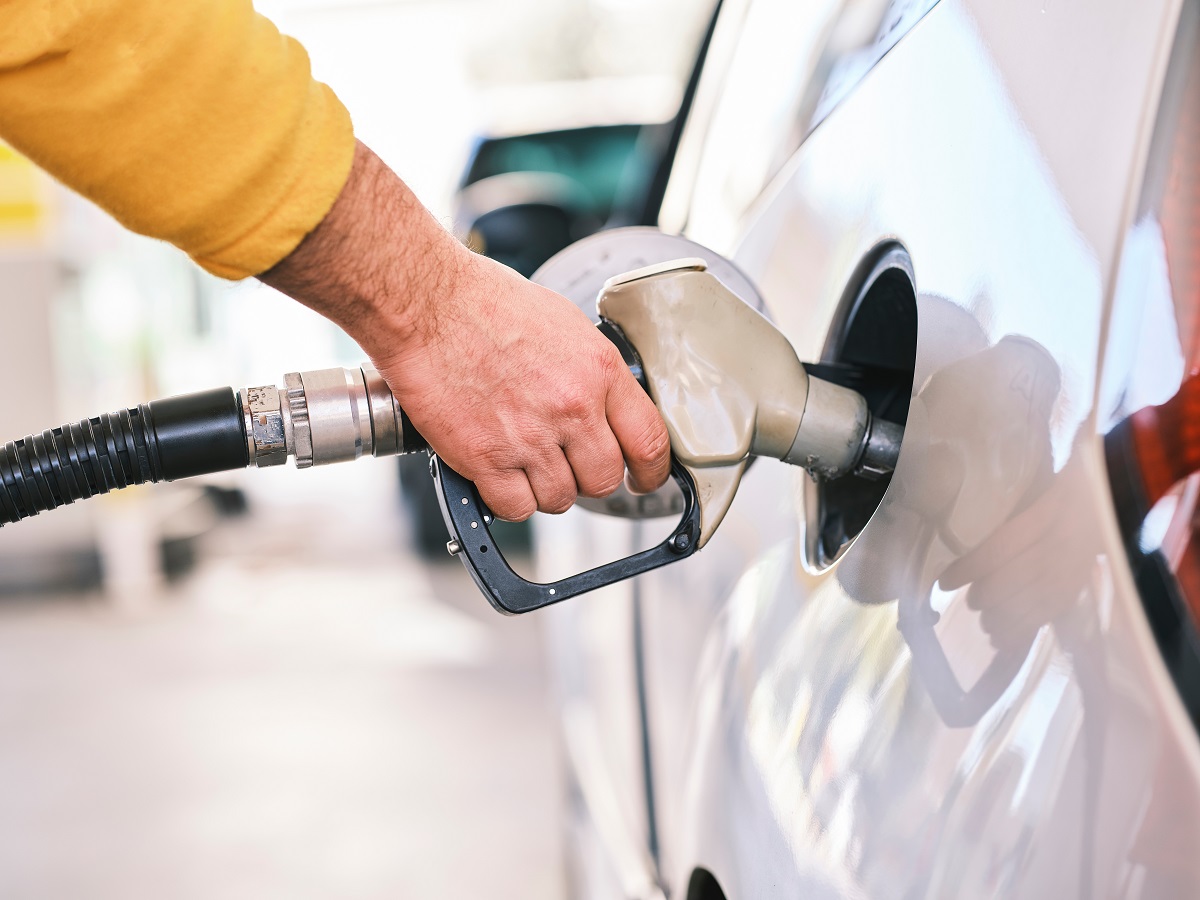All of the projections for increased usage of biofuels, including renewable diesel, are bullish. The graphs are all pointing upward. However, there is a major difficulty, according to Freight Waves: Will there be enough feedstock to allow this phase of the energy transition — moving away from fossil fuels and toward a diverse range of less carbon-intensive fuels — to take place?
Turner Mason & Co., an energy consulting and consultancy business, will address this critical subject in a forthcoming report.
It is also a question that has ramifications for truckers and other components of the supply chain, such as railroads. Even as alternative technologies are investigated, diesel remains the backbone of transportation and railroads. Renewable diesel — and, to a lesser degree, biodiesel — are new sources of supply for a sector that does not rely on petroleum as a feedstock.
In the United States, alternative fuels are mostly a result of government regulations and incentives.
Whether it’s the Renewable Fuel Standard (RFS) driving ethanol use in gasoline or the California Low Carbon Fuel Standard driving renewable diesel capital inflows, the question is how far the mandates will go in increasing the use of renewable fuels in the United States before hitting a supply crunch.
However, as Turner Mason’s John Auers explained to Freight Waves regarding his company’s research, there is a big distinction between the RFS and its ethanol mandates and a drive to utilize more renewable diesel.
Renewable diesel is a “drop-in” fuel that may be used in place of petroleum-based diesel gallon for gallon. It differs from biodiesel, which may be mixed with diesel or heating oil at a lower ratio that can be as low as 2% but can reach more than 10%. According to most estimates, feedstocks will shift away from biodiesel and toward the generation of renewable diesel.
Renewable diesel feedstocks become more difficult than ethanol at those levels. In most cases, the ethanol percentage of gasoline does not exceed 10%. Flex-fuel cars may run on an 85 percent ethanol combination. Efforts to burn gasoline containing 15% ethanol run up against the “blend wall,” which establishes 10% ethanol as the safe maximum for use in automobiles, while the ethanol industry contests this.
However, a feedstock bottleneck as renewable diesel use grows is a key issue – and one of the reasons Turner Mason is doing the study.
Auers stated that animal fats and other livestock-related products such as tallow are the principal sources of feedstock for renewable diesel today. He claims that food waste is the most “advantageous” raw source for producing sustainable fuel. However, when the market expands, “you start going into agricultural things like soybeans, and that becomes pricey,” he says.
It also adds renewable diesel into the age-old debate over ethanol: food vs fuel. Corn is used to creating ethanol; how much does this demand affect food prices? Soybeans, like maize, are largely utilized as livestock feed in the United States.

